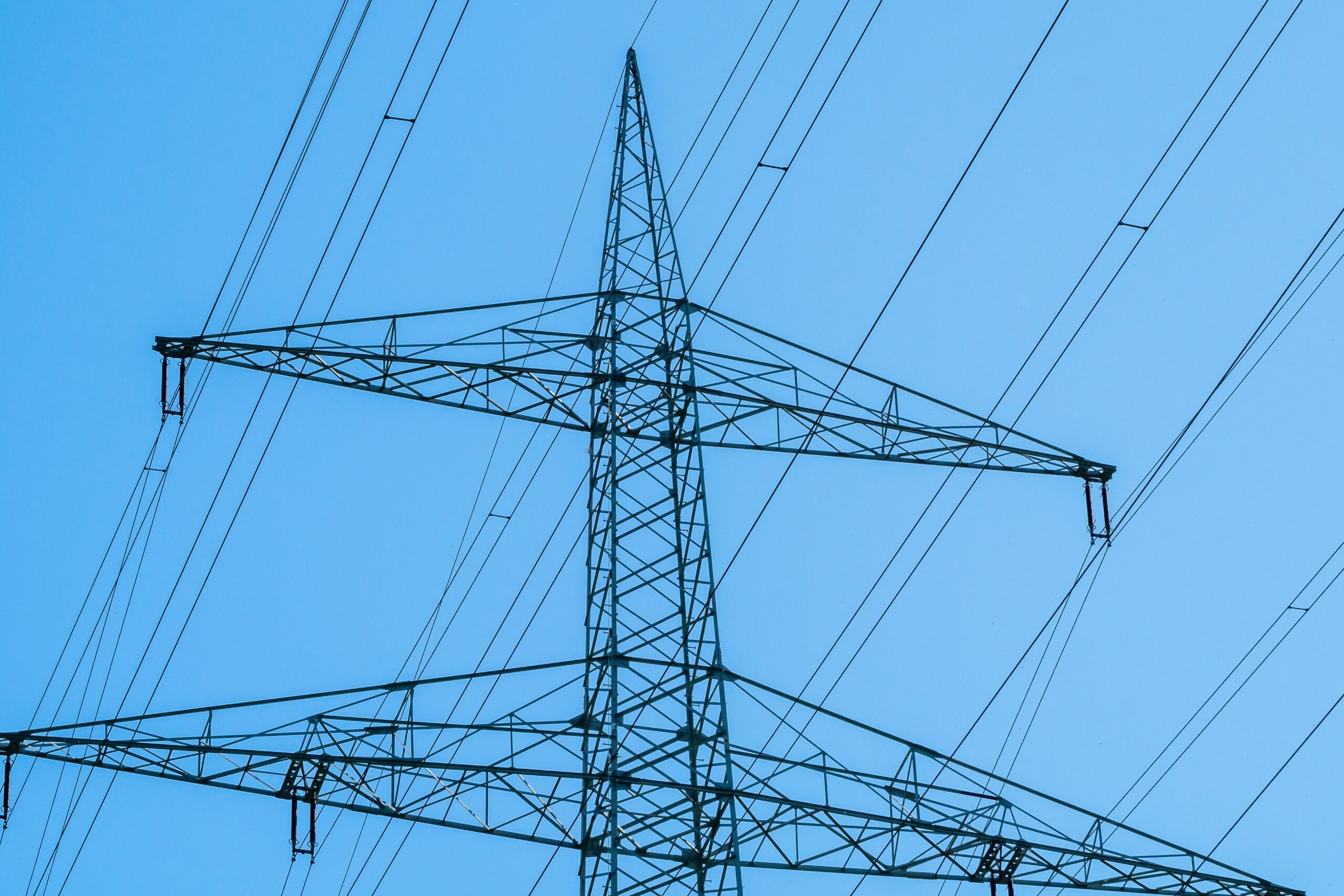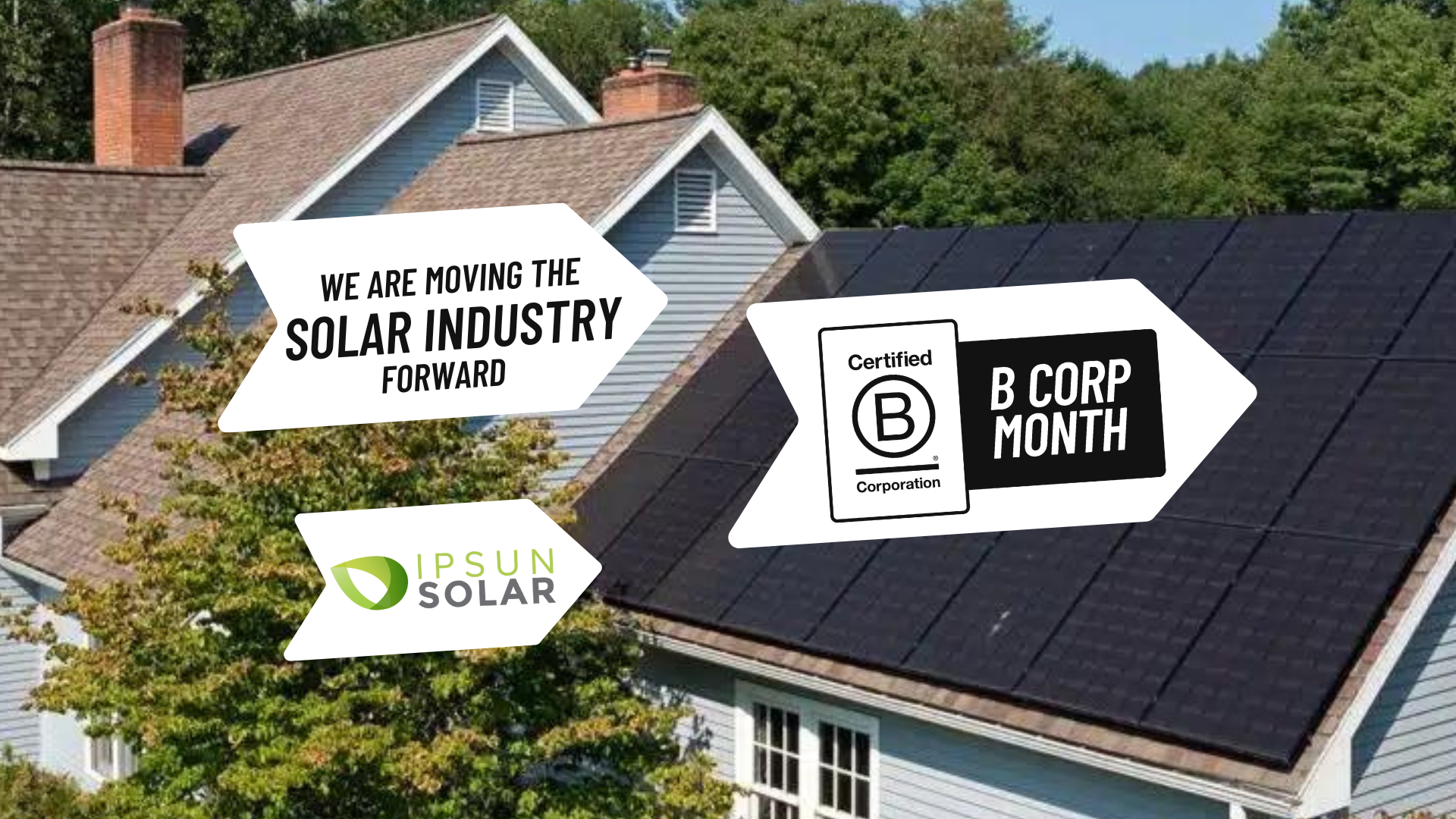Have you ever wondered how investing in a solar system might compare to investing in the stock market? Well, you can stop wondering. We did the work for you.
Our analysis took the last 15 years of stock market returns, using both a 60/40 fund (VBIAX) as well as an S&P fund (VBINX) and benchmarked their net returns. We then took the cost of an average solar installation today and the related savings, and compared it to those stock market returns.
Now of course, we’ll remind you of the disclaimer you hear on commercials: “Past performance is no guarantee of future results.” But of course the past numbers are all we’ve got, so we used them to model out how investing in a solar system today would compare if we saw the same performance in the market in the next 15 years, as we did in the past 15 years.
We made reasonable, generic assumptions about the average home value, tax brackets, utility rates and related rate escalation, solar panel efficiency and degradation, average U.S. production factors, and system cost. We also included the 4.1% increase in home value that resulted from the comprehensive Zillow nationwide survey, with the assumption of both a home sale and a sale of equities in the 15th year, for each scenario respectively.
The full analysis is open, transparent, and available to anyone who wants to see it.
The bottom line is that an investment in solar energy resulted in a greater return both of the 60/40 portfolio and the S&P portfolio. Solar had a 20.31% greater return than the 60/40 fund and a 4.05% greater return than the S&P fund.
Stop and think about that for a second. If you invested in a solar energy system today, and saw roughly the same returns in the market that we’ve seen historically, you would net a greater return with virtually zero of the volatility that accompanies the gyrations of the market.
Keep in mind that there are plenty of stock market experts who claim that we can expect returns far below what we’ve seen historically, due to a number of factors (see here for instance).
Also, it is worth noting that our analysis assumed literally zero incentives for solar beyond the Federal Investment Tax Credit. But in reality, the vast majority of states now have an incentive for solar, such as a Renewable Portfolio Standard that provides Solar Renewable Energy Credits. In the DC Metro area, for instance, these SRECs can be worth anywhere from 4 cents per kilowatt-hour all the way up to 40 cents per kilowatt-hour. If you assume an additional income of $15,600 in SRECs over a 15-year period, it increases the solar return to 378% of initial investment and more than 25% greater than the S&P fund.
At Ipsun Solar, we often remind homeowners that solar is an untaxed, stock market return with no volatility. Well now we have the analysis to prove it.
Questions?
Our solar experts are here to answer your questions and walk you through the analysis. Give us a call at 703-686-5621 or click below to get in touch!





